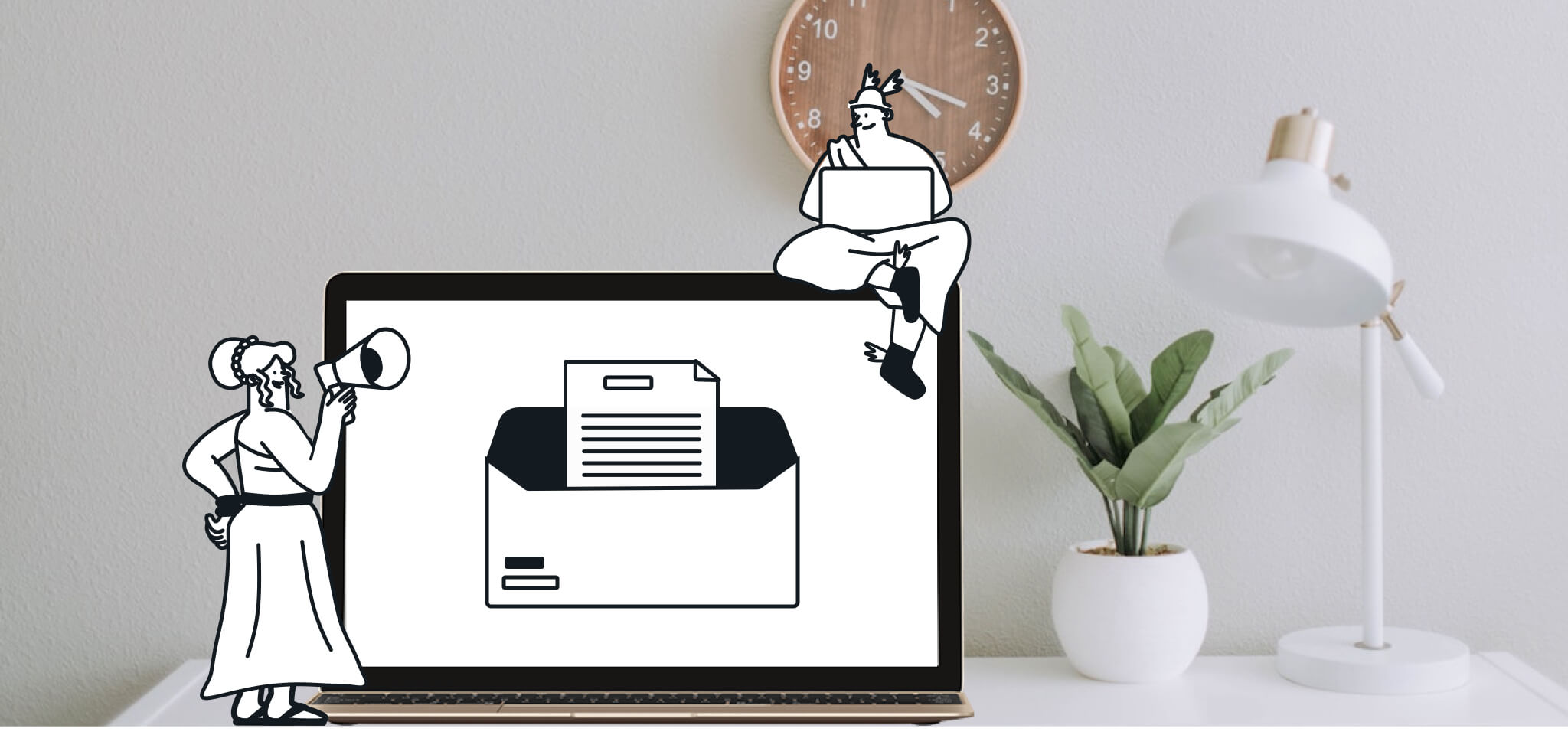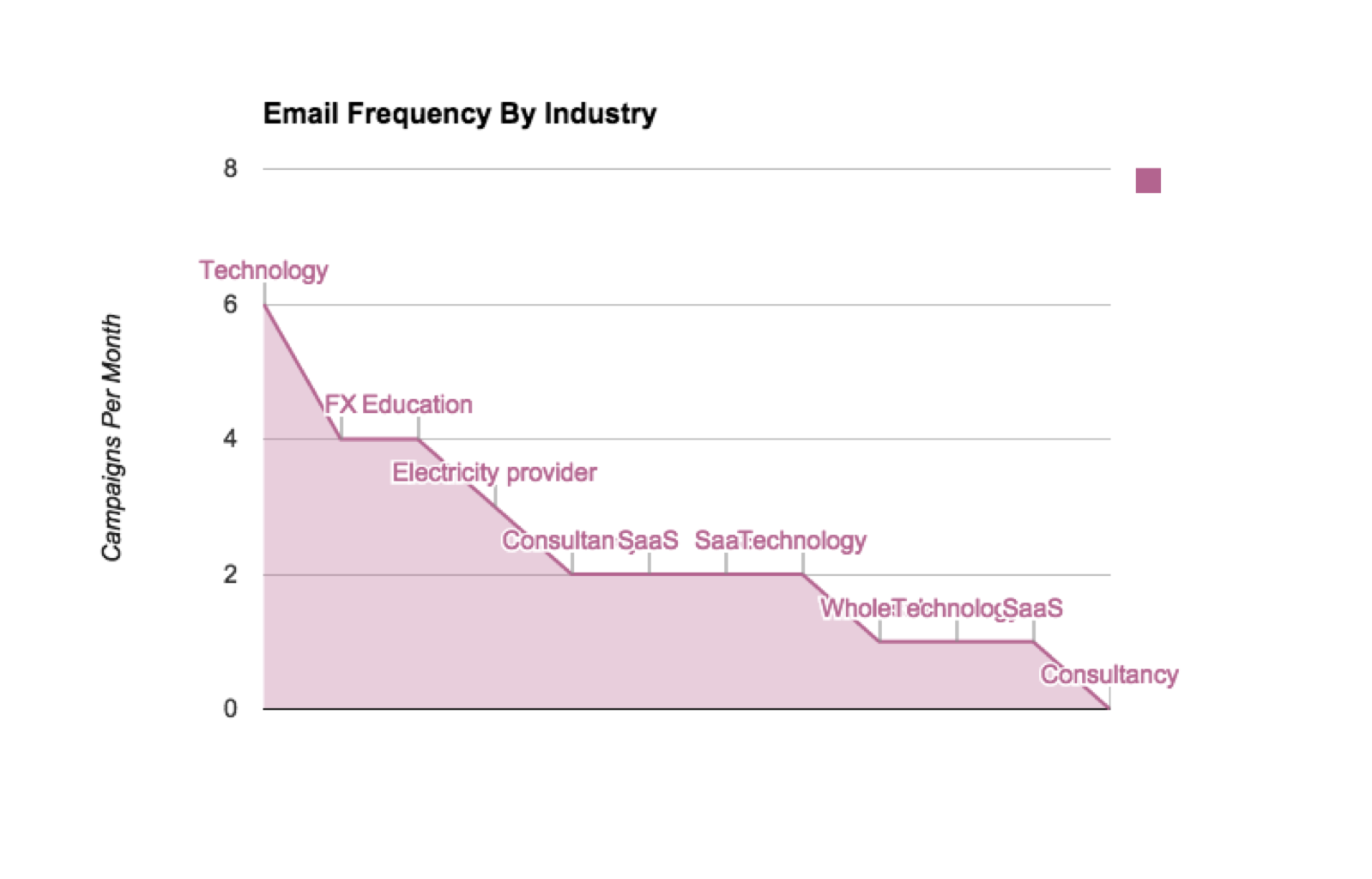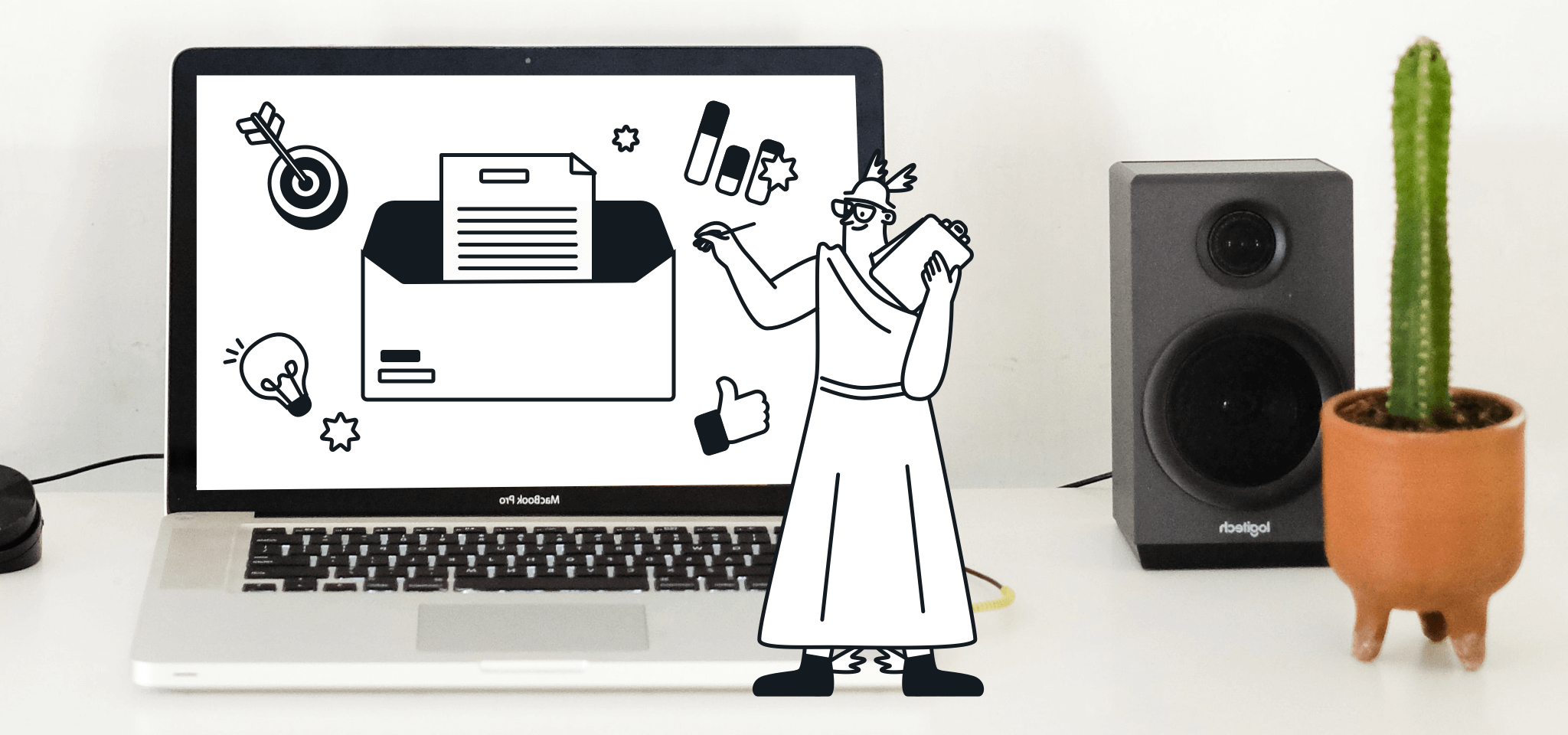Email best practices
3 ways to optimize the frequency of your emails
Not sure how to decide how often you should email your customers? In this post we teach you how to optimize frequency of your emails for high ROI.

PUBLISHED ON
It's a fine line to tread – emailing your customers too much will cause fatigue, but messaging too little will cause them to forget you altogether. Email frequency can affect important metrics such as open rates, click-throughs and, most importantly, unsubscribe rates. But before you throw in the towel thinking that optimal email frequency is like pulling a rabbit out of a magician's hat, know that there are a few tricks of the trade you can practice to find a happy balance.
There’s a number of things to look at when optimizing the frequency of your emails. Let’s have a look at the attributes you need to pay attention to, and how to learn what sending frequency works best for you.
Table of contents

First things first, what’s your business?
Learning from your industry peers is one of the easiest ways to judge how often you should be sending email. For example, if you’re a publication or blogger, you might want to look into send more frequently (like on a weekly basis) because your product is new content that is most likely generated on a regular basis. Summarizing and notifying your readers via email will make it easier for your audience to stay engaged.
If you’re selling gardening equipment, then a monthly newsletter with ad-hoc sales and update emails may be more suitable, according to our data below.

I ran a short survey aimed at a few dozen marketers from different industries to see if there’s a pattern based on industries. The results showed that each industry has a different optimal frequency – stick with what works for yours.
Check your calendar
As a user, I’m sure you’ve noticed that you will get a higher number of promotion emails landing in your inbox during major holiday seasons. Setting up a calendar to map out your email campaigns and recording the results throughout the year is a good way to plan ahead.
It’s not just the major holiday periods which you need to think about, but also significant events within your industry. For example, if your demographic includes mainly university students, find out and highlight the periods when they’re starting their new semesters, when they might have time off, and when they might be graduating and tailor your content and frequency accordingly.
Email marketing is changing the face of modern political campaigns. From Obama’s 2012 infamous digital campaign (where through email marketing alone, his team managed to collect $690,000 in donations), to UK’s 2015 general election where a London home-county constituency has ramped up their email marketing to a 10,000-strong organic contact list. They're now sending up to three email campaigns a week (up from one a week), and they’re actually seeing a rise in their open rates (of a constituency consists of roughly 70,000 residents).
Segment your data and test
One way to make sure you’re hitting the email frequency sweet spot is by splitting up your contact list through segmentation. Try building this option in when the user is first signing up for emails, so they can choose how often they want to receive communication or which types of emails they’d like to receive. Also implement this on your unsubscribe page.

The second way to segment your data is by seeing how users engage with your emails. Users who tend to open your emails and take action consecutively are the ones who you want to send your emails to more frequently.
Cater content and frequency to each user’s level of engagement. Send them emails less often and look to provide specific content that may engage them again. If they’re not engaging (especially via opening) for around six months, then it might be time to say goodbye to them.
Choose what works for you
Ultimately there’s no one-sized-fits-all solution, and our best advice is to test, test, test. Find out the significant and holiday periods and plan your email frequency ahead of time. Segment your data based on user preference and interaction with your emails.
Keeping a close eye on the open rates, click rates and unsubscribes, find out how often your customers want to hear from you and which type of email. That, more than anything, will lead you to your greatest success.








